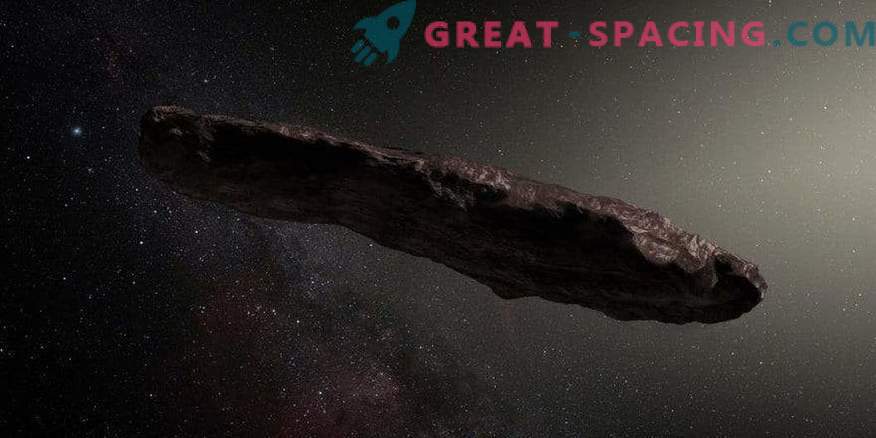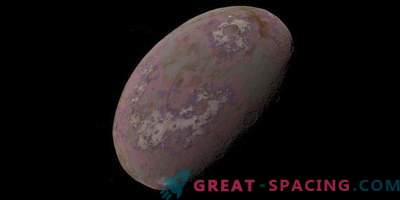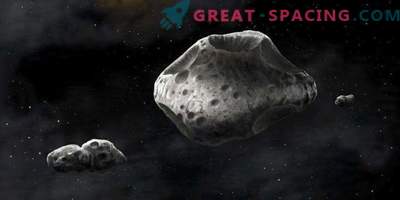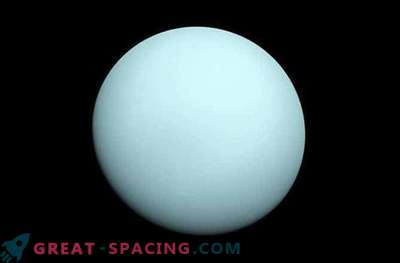
2017 was remembered by an important astronomical event - the arrival of the first object in our system from interstellar space. This is Oumuamua, found October 19 with the help of Pan-STARRS (Hawaii). Over the next three weeks, it was classified as a comet, a long-period asteroid, and even assigned to a new category.
As soon as we managed to calculate the true trajectory of Oumuamua, all terrestrial telescopes were used for the most detailed study of the object. We had to act quickly, because he was moving past us at great speed. In fact, he was noticed already at the exit from the Solar System. Even the largest telescopes received a weak review.
Before turning to new facts, we should recall a few more clarifying points. Oumuamua did not move fast relative to nearby stars. In reality, it was our system that collided with an object, which means that the Oumuamua star originated from the orbits of a galaxy on an ordered orbital path in the galactic disk.
Oumuamua was weak and small. The surface reflection analysis showed dimensions less than 1 km. An interesting and reddish color resembling comets and distant asteroids familiar to us.
The first surprise is that we did not encounter a comet. Initially, this category was chosen not because of the presence of a coma or tail, but because it was customary to think that all interstellar objects are cometary. The second find is an elongated shape. Analysis of the brightness changes shows that the object is more like a cigar with an axial ratio from 5: 1 to 10: 1. These are extreme indicators for asteroids in our system. Although, perhaps, this form is customary for the system from which the object came.
The third surprise - Oumuamua collapses. First noted the period of rotation of 7-8 hours. However, it later became clear that there is no regularity in rotation. Most likely, it is all about the long journey of the object through the interstellar medium. Scientists think that we face a solid piece of stone or metal without an internal structure.
What is Oumuamua? There is no exact answer, but researchers are considering some options. The most interesting is the part of the planet destroyed by the tides of the red dwarf in the binary system. The orbital path of the planet could destabilize, and the tides destroyed the alien world.
What to do with this knowledge? To say something more, you have to wait for the arrival of more similar interstellar objects. And scientists report that no long wait is foreseen. In Chile, create a new LSST telescope, the launch of which is scheduled for 2022. He will be able to carry out a full scan of the entire sky every 3 days, so he will record all moving objects. It is believed that he will be able to identify one celestial body per year.











































